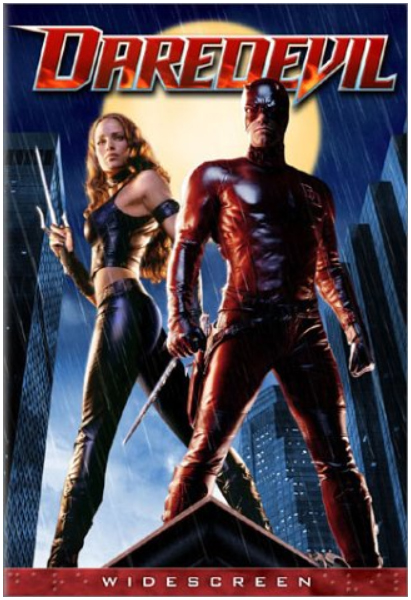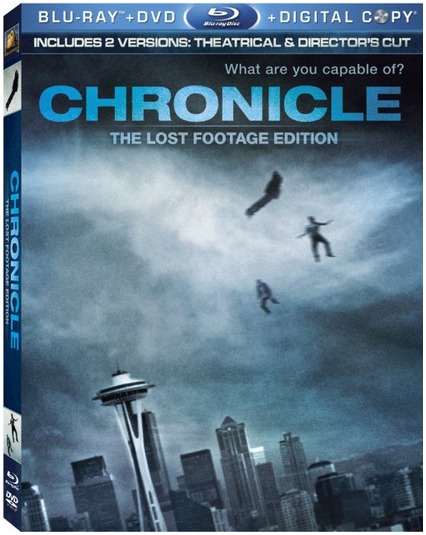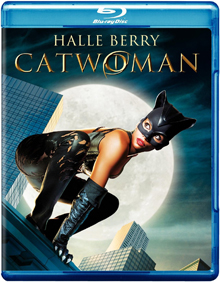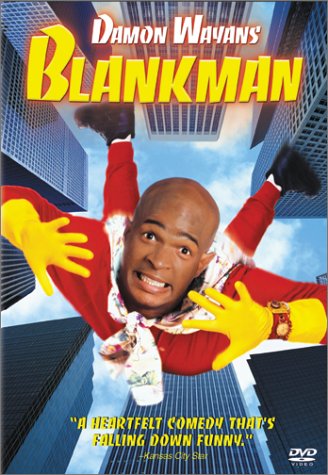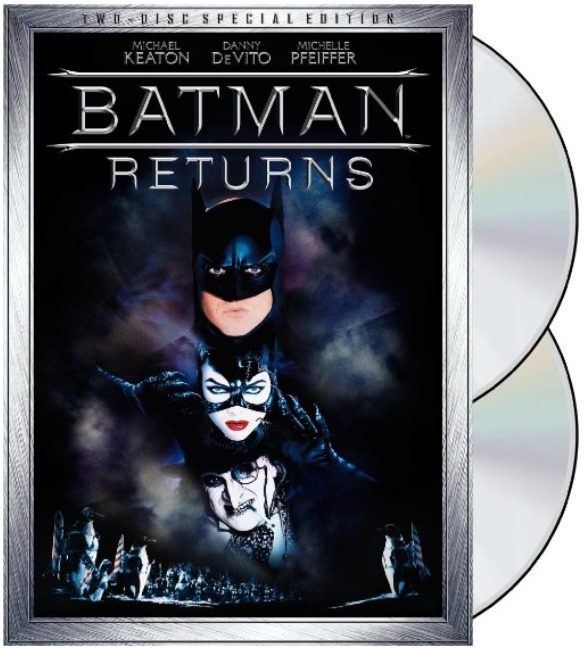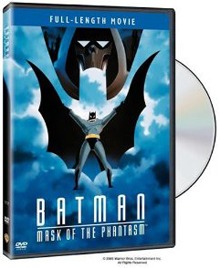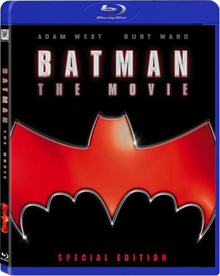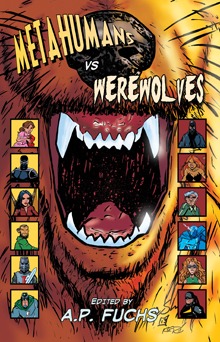Defendor (2009)
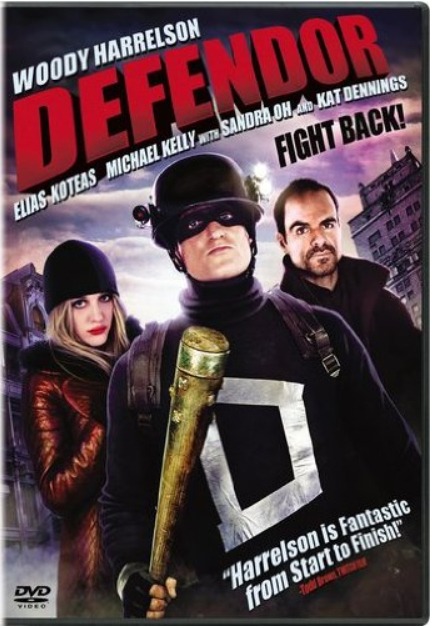
Defendor (2009)
Written by Peter Stebbings
Directed by Peter Stebbings
Runtime 101 min.
4.5 out of 5
Arthur Poppington (Woody Harrelson) has a secret: when night rises upon the city, he takes to the streets as Defendor, a lone avenger on the hunt for the ever-elusive Captain Industry. Unfortunately for Arthur, he’s mildly retarded and the line between right and wrong sometimes blurs. Though he means well, sometimes he gets in over his head, especially when his search for Captain Industry takes him into the city’s underworld of drugs, guns and prostitution.
After saving the life of prostitute and drug-addict Kat Debrofkowitz (Kat Dennings), Arthur takes her in and, though at first exploited by her for money, the two eventually bond and he accomplishes one of his first objectives he had since donning the Defendor uniform: helping those who need it most.
Being a lifelong superhero fan, there are a few things, to me, that define a good superhero movie and Defendor had more than one of those things. It touched me on that very human level of seeing a sincere human being trying to make a difference regardless of what other people thought of him. Fear of man is one of the things I think holds people back from doing the right thing in real life. To at least see that attribute on the screen means a lot to me because it proves that people are still thinking about it even if it’s just in a movie.
The trailer for this flick makes it come across as more of a superhero spoof than a serious movie, and this was most definitely a serious movie. Sure, there were some funny moments, but this movie wasn’t about that, but instead was about a man who saw something wrong and did the best he could with what he knew how to do.
And he did. He showed us who Captain Industry really was: the villain that all of us have in each of our cities, the one comprised of drugs, guns and illegal sex that has ruined countless lives yet for some reason authorities refuse to do something about.
This movie makes me think of the real life superheroes that are out there, those real men and women who don guises of other personas and do what they can to help us. Lots of people mock them. Lots of people mocked Defendor, but when all is said and done, they, like Defendor, do the right thing and try to right a world full of wrongs, bring hope to those who need it, and set an example that we should all follow.
Defendor is a fantastic movie and I’m really glad Peter Stebbings went ahead and made this flick.
Recommended.

